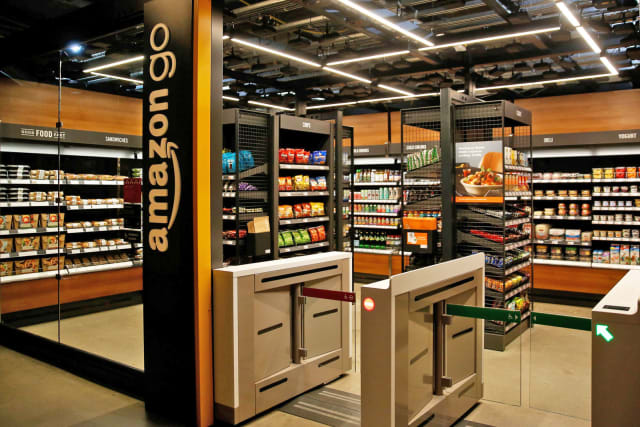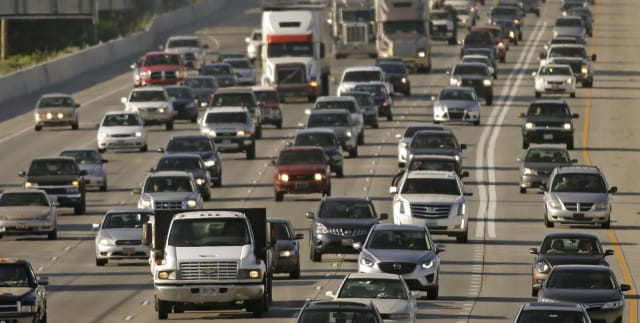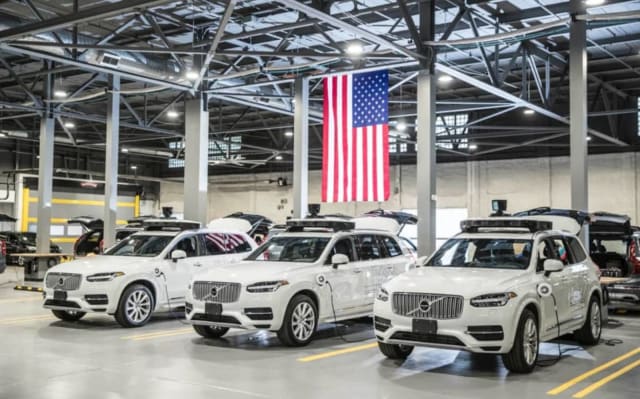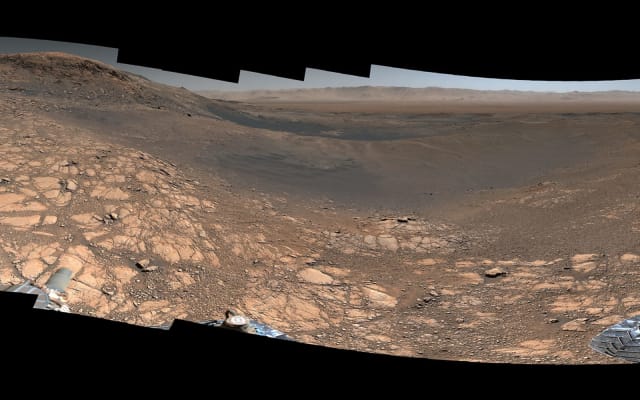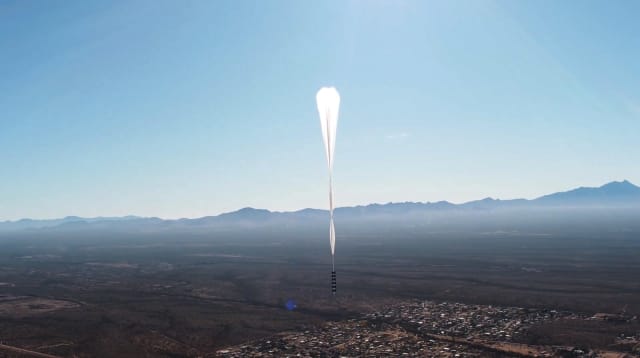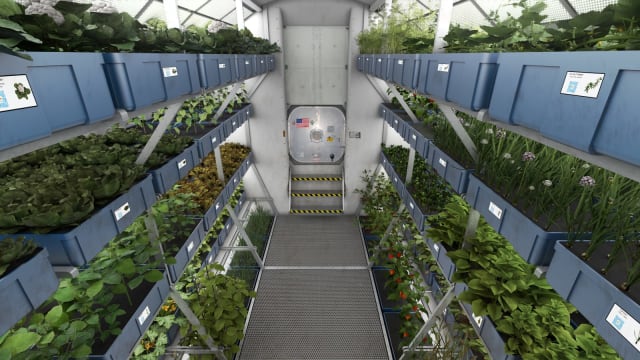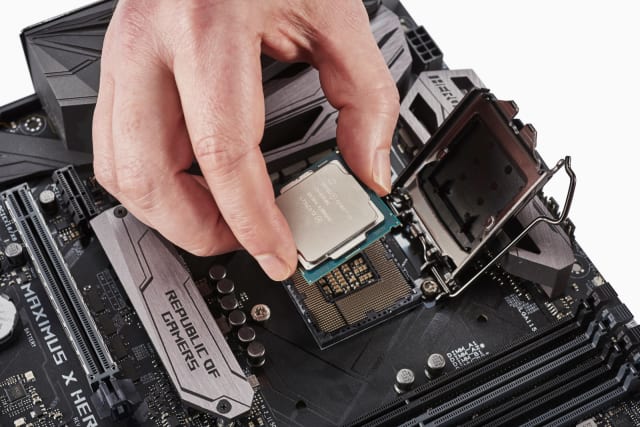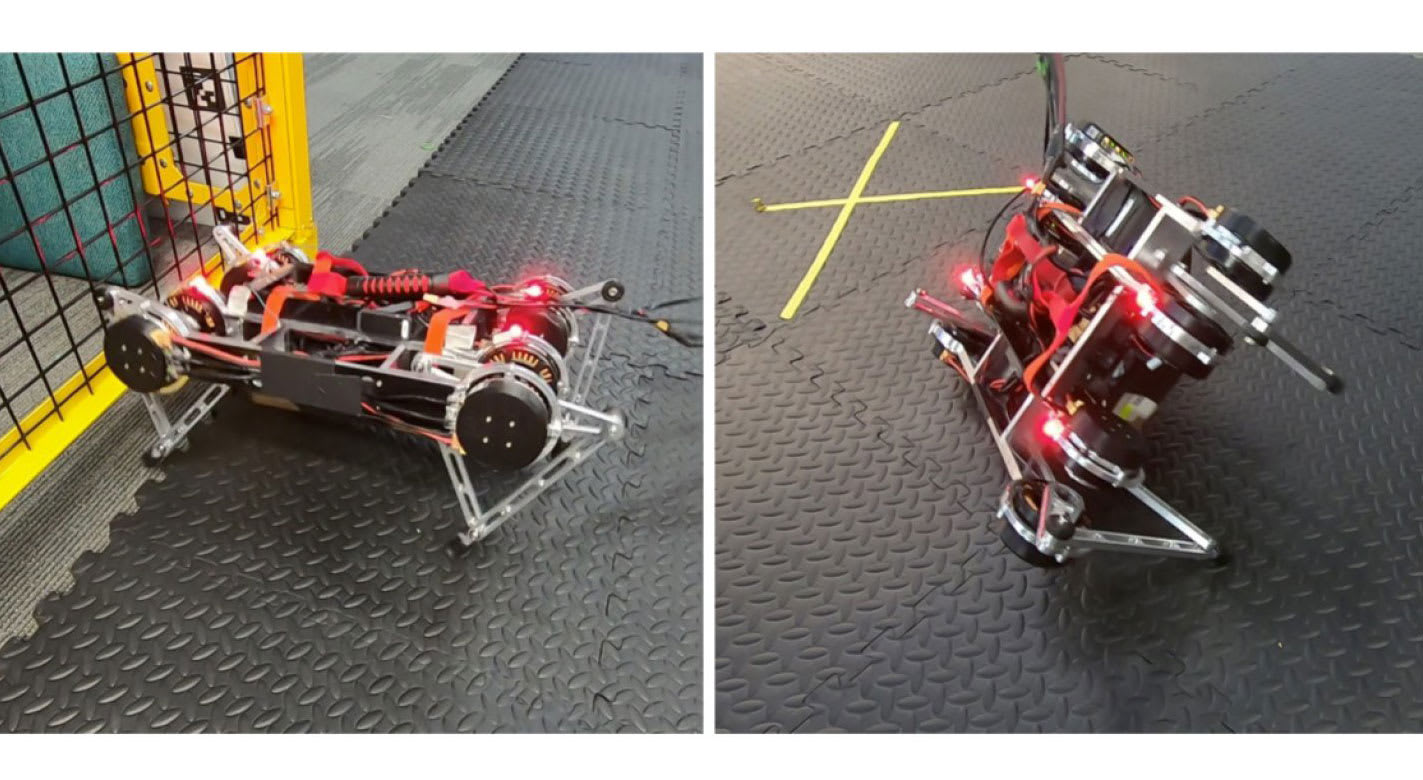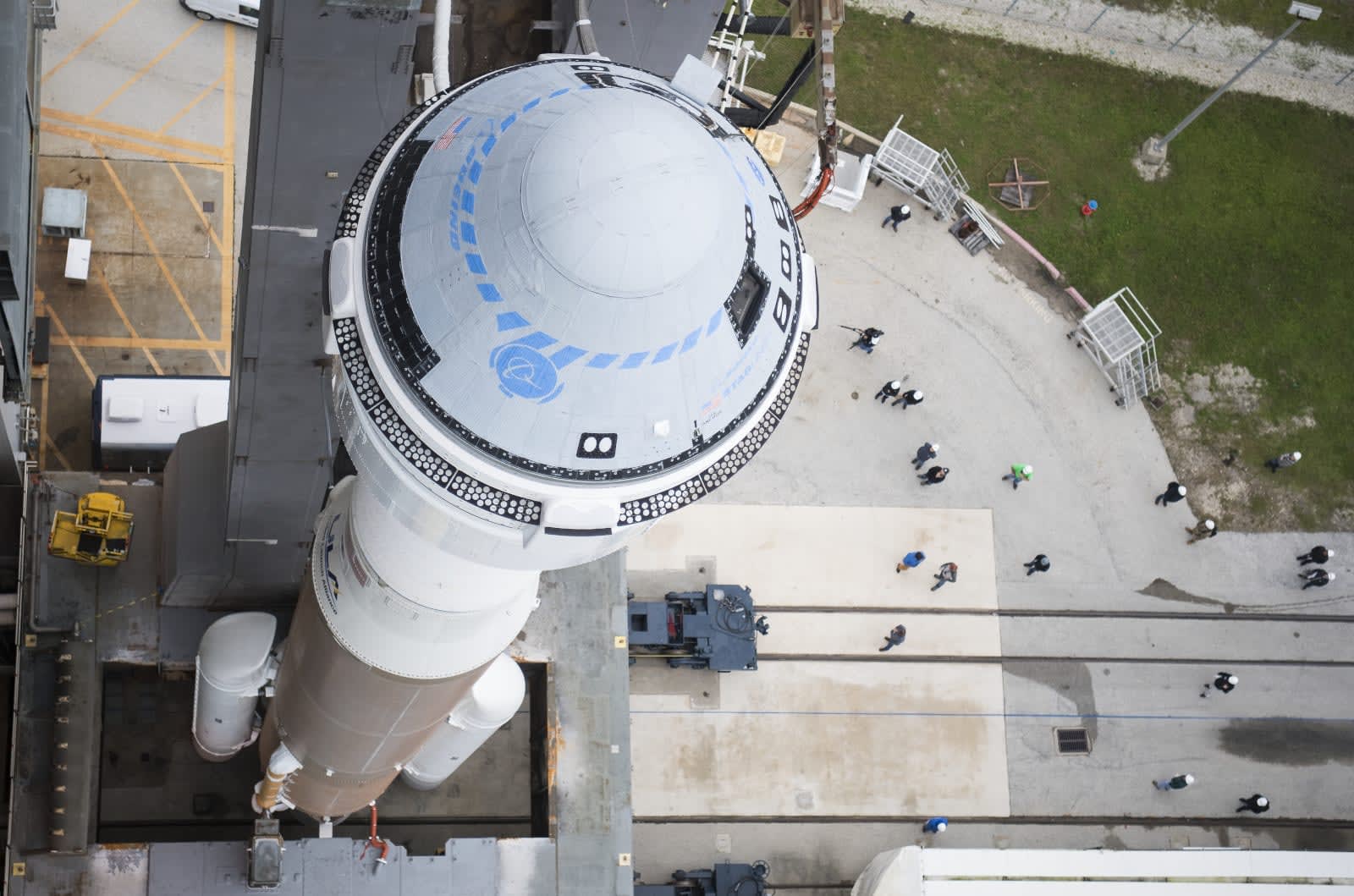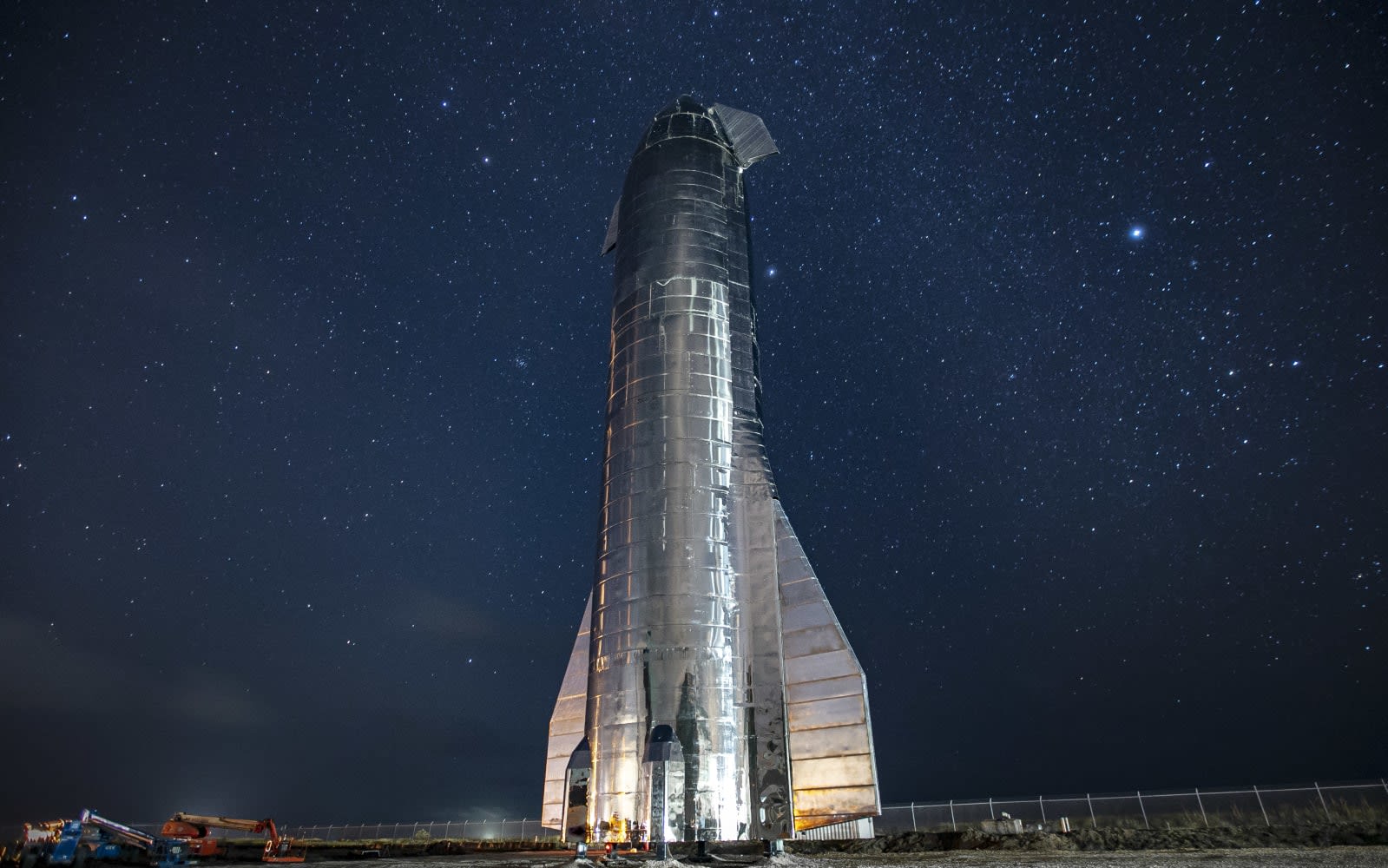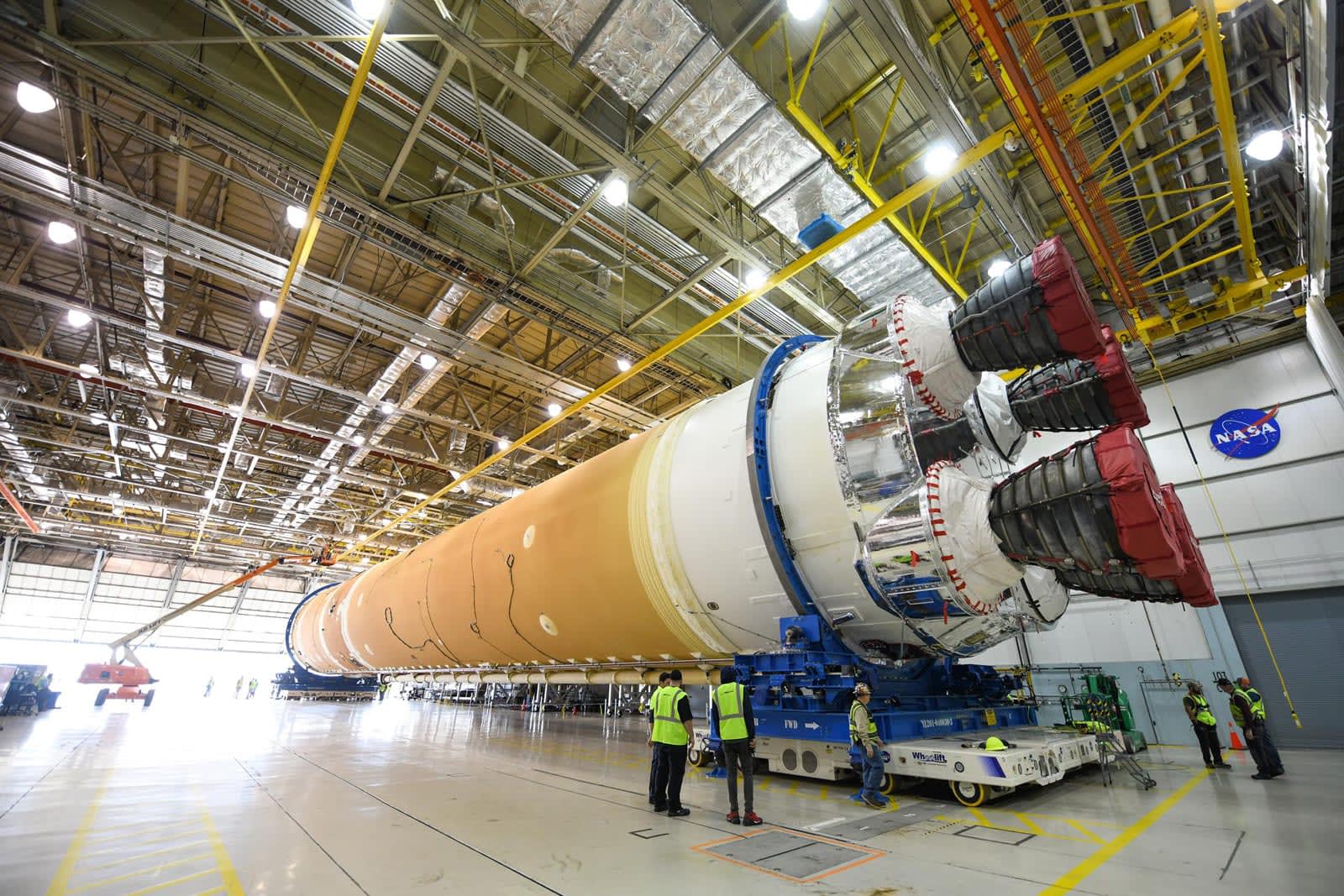16
Latest Technology / Elon Musk is 'scouting' new US locations for Cybertruck, Model Y production
« on: March 11, 2020, 08:24:20 PM »
So what's next after making a million Teslas? According to Elon Musk, a Cybertruck gigafactory that could be placed in "central USA," and Model Y production "for East Coast too." These tweets came just hours after the exec polled followers on whether or not the Berlin factory Tesla is building should include a "mega rave cave" so we'll see what, if any, of these things come true.
A tweet in February polled people on the question of building a factory in Texas, so it's hard to tell what to take seriously, although the possibility of Musk going on an Amazon HQ2-like quest collecting bids to put down roots seems like something that could happen.
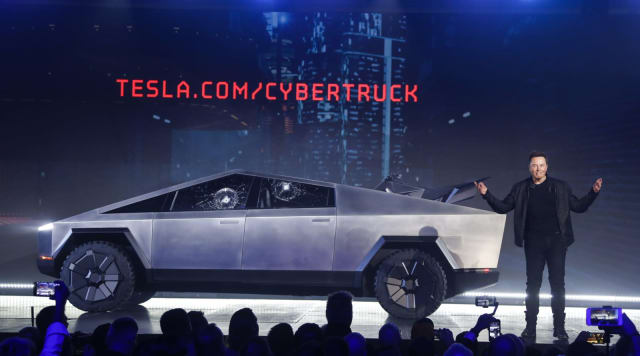
The Model Y already landed as Tesla's milestone vehicle yesterday and shipments are scheduled to begin any day now. Meanwhile, the electric truck is a bit further off -- you can get Mattel's version sooner if you're in a hurry -- with production scheduled to start in late 2021. We'll see if that's long enough to keep Tesla's options opens on where to build its polarizing, angular pickup.
Source: Ellon Mask (Twitter)
A tweet in February polled people on the question of building a factory in Texas, so it's hard to tell what to take seriously, although the possibility of Musk going on an Amazon HQ2-like quest collecting bids to put down roots seems like something that could happen.

The Model Y already landed as Tesla's milestone vehicle yesterday and shipments are scheduled to begin any day now. Meanwhile, the electric truck is a bit further off -- you can get Mattel's version sooner if you're in a hurry -- with production scheduled to start in late 2021. We'll see if that's long enough to keep Tesla's options opens on where to build its polarizing, angular pickup.
Source: Ellon Mask (Twitter)



